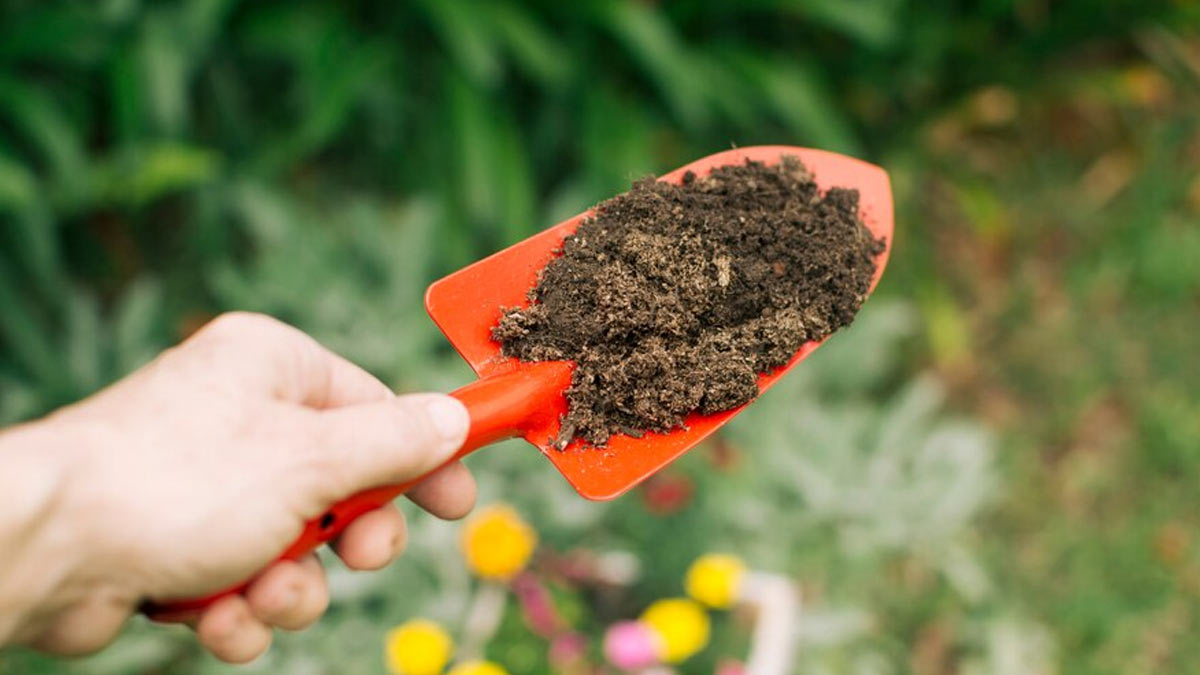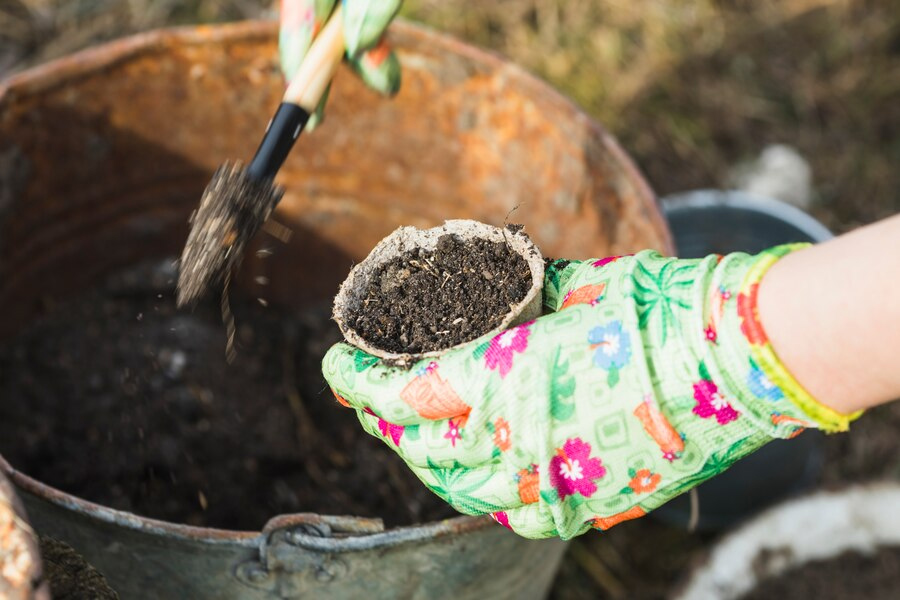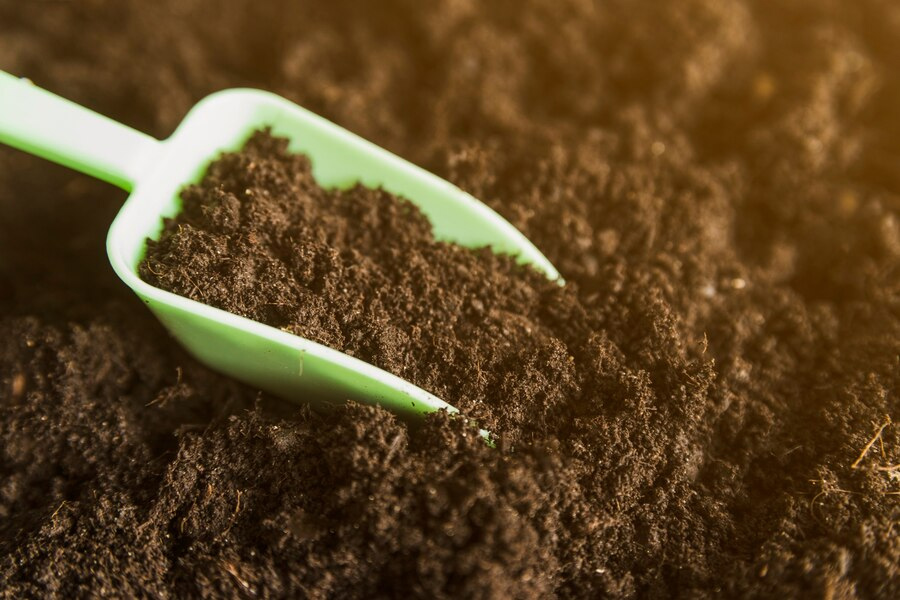
How To Make Natural Fertilisers For Potted Plants: Simple DIY Solutions
One of the greatest joys of gardening is observing your plants flourish, and a crucial factor in their growth is applying fertiliser, a substance that provides essential nutrients to the soil or plant tissues. If you're looking to nurture your plants without spending a lot on commercial fertilisers, here are some DIY methods to create effective homemade fertilisers that are both economical and convenient.
5 DIY Methods To Make Fertiliser At Home
Creating your own fertiliser requires more effort than buying a pre-made bag from a garden centre, but there are compelling reasons to do it. For one, it's a more sustainable method of fertilisation. We spoke with Swaminathan, a local gardener from a nursery in Dwarka, who shared five methods for making your own fertiliser at home.
Here are five simple DIY methods for creating your own fertiliser at home:
1) Compost
- Materials: Kitchen waste (like vegetable scraps, coffee grounds, and eggshells), yard debris (such as leaves and grass clippings), and a bit of paper or cardboard.
- Procedure: Gather and layer these materials in a compost bin or pile. Regularly turn the pile to keep it aerated. In a few months, the compost will break down into a nutrient-rich substance ideal for improving your soil.
2) Eggshell Fertiliser
- Materials: Used eggshells.
- Procedure: Wash and dry the eggshells, then grind them into a fine powder using a mortar and pestle or a blender. Scatter this powder around your plants to provide calcium, which supports strong root growth and overall plant health.

3) Banana Peel Fertiliser
- Materials: Banana peels.
- Procedure: Chop the banana peels into small pieces and bury them in the soil around your plants. Alternatively, you can soak the peels in water for several days, then use the infused water as a fertiliser. Banana peels are rich in potassium and phosphorus, which aid in blooming and fruit production.
Don't Miss: Flower Gardening: 6 Things Every Beginner Gardener Should Know About Flower Garden
4) Coffee Grounds Fertiliser
- Materials: Used coffee grounds.
- Procedure: Collect and let the coffee grounds dry. Spread them directly onto the soil or incorporate them into your compost. Coffee grounds add nitrogen to the soil, promoting healthy leaf growth.
5) Fish Emulsion Fertiliser
- Materials: Fish scraps (like heads, bones, and offal).
- Procedure: Place the fish scraps in a container, cover it with water, and let the mixture ferment for a few weeks. Strain out the solids and use the liquid as a fertiliser. Fish emulsion offers a balanced mix of essential nutrients, including nitrogen, phosphorus, and potassium.

These homemade fertilisers are both budget-friendly and eco-friendly, making them a great choice for any garden.
How To Use Natural Fertiliser?
Follow the following steps to use natural fertiliser:
- Test Soil: Determine soil nutrient needs with a soil test.
- Choose Fertiliser: Select appropriate natural fertilisers (e.g., compost, banana peels).
- Apply Before Planting: Incorporate fertilisers into the soil before planting.
- Mix Thoroughly: Blend fertilisers into the soil for even distribution.
- Monitor Plants: Check for signs of nutrient deficiency or excess.
- Water Well: Ensure fertilisers are properly dissolved and absorbed by watering the plants.
Don't Miss: A Beginner’s Guide To Growing Vegetables At Home
Keep reading Herzindagi for more such stories.
Credits: Freepik
Also watch this video
Herzindagi video